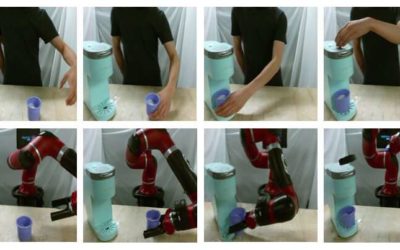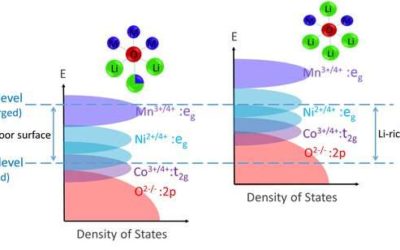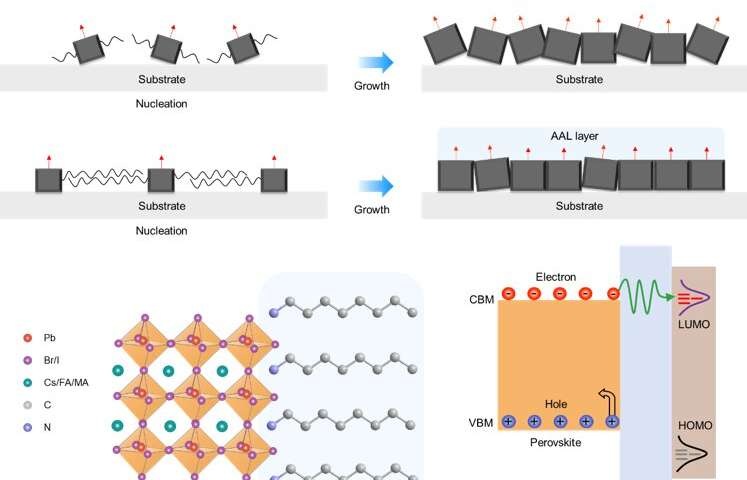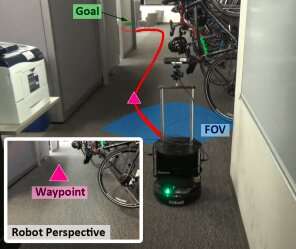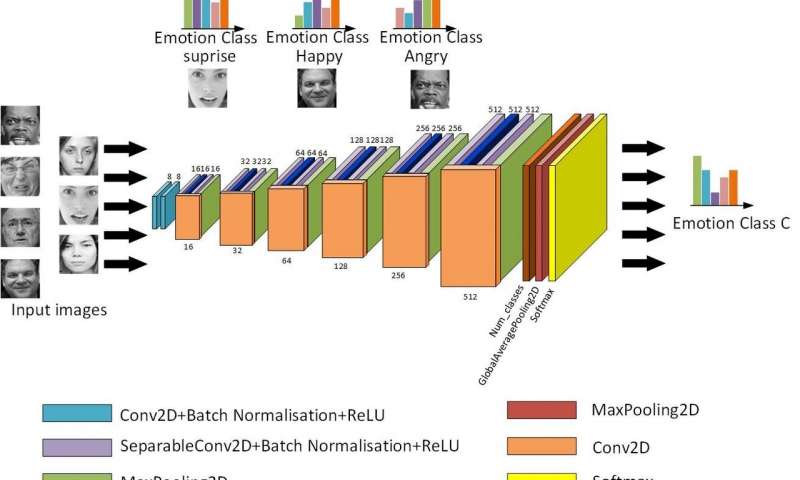Evaluating the usability of open-source software (OSS), software that is made freely available to developers worldwide, generally entails analyzing the feedback and comments of those who used it. Processing and understanding the feedback provided in user discussions,...
TECHXPLORE
A two-terminal floating-gate transistor for neuromorphic computing
Researchers at Technion and TowerJazz in Israel have recently built a low-power, two-terminal floating-gate transistor that could have useful applications in neuromorphic computing. This transistor, presented in a paper in Nature Electronics, was fabricated using...
AVID: a framework to enhance imitation learning in robots
In recent years, research teams worldwide have been using reinforcement learning (RL) to teach robots how to complete a variety of tasks. Training these algorithms, however, can be very challenging, as it also requires substantial human efforts in properly defining...
BlockPGP: A new blockchain-based PGP management framework
Pretty Good Privacy (PGP), one of the most widely used cryptographic standards, enables safe end-to-end encryption for emails, messages and other data sharing between users. Essentially, PGP works by implementing asymmetric encryption, in which certificates are shared...
Enhancing high-nickel layered oxide cathodes for lithium-ion batteries
Lithium-based batteries are used to power most existing electric vehicles, yet the amount of time they can keep a vehicle going before they need to be recharged is still somewhat limited. In the future, high-nickel layered oxide cathode materials could help to...
Gradient Li-rich oxide cathode particles for batteries with minimum oxygen release
Lithium-rich transition metal oxide (Li1+XM1-XO2) cathodes have potential for use in Li-ion batteries, powering electronic devices and electric vehicles. These cathodes have a high energy density, typically above 900 Wh kg-1, yet they currently also come with...
Inverted perovskite solar cells with a power conversion efficiency of 22.3%
Photovoltaic (PV) cells, which can generate energy from the sun, could be very useful in tackling the current environmental crisis. Perovskite PV cells, cells made of metal halide perovskite semiconductors, have recently proved to be particularly promising, as...
WayPtNav: A new approach for robot navigation in novel environments
Researchers at UC Berkeley and Facebook AI Research have recently developed a new approach for robot navigation in unknown environments. Their approach, presented in a paper pre-published on arXiv, combines model-based control techniques with learning-based perception.
Three convolutional neural network models for facial expression recognition in the wild
Two researchers at Shanghai University of Electric Power have recently developed and evaluated new neural network models for facial expression recognition (FER) in the wild. Their study, published in Elsevier's Neurocomputing journal, presents three models of...
Using a simulation framework to study spine behaviors of quadruped robots
Researchers at the Robert Bosch center for cyber physical systems in Bangalore, India, have recently proposed a simulation framework to systematically study the effects of spinal joint actuation on the locomotion performance of quadruped robots. In their study,...



